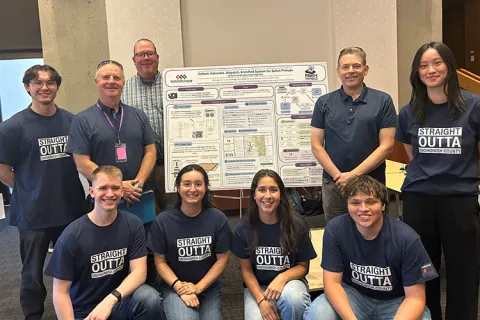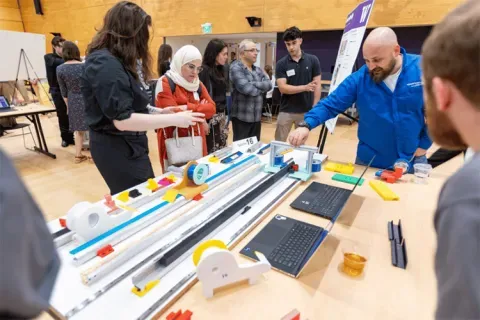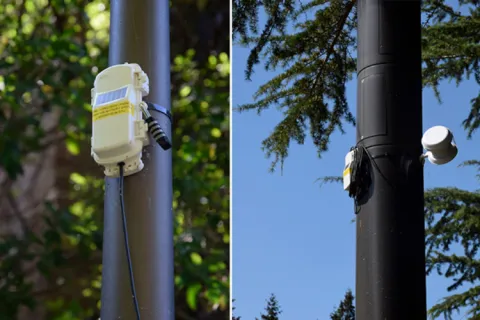Crane Aerospace & Electronics
Vapor Degreaser Solvent Replacement
Chemours has announced they will be discontinuing the sale and production of Vertrel SFR. While Crane Aerospace & Electronics (CAE) has an immediate, short-term plan, a long-term replacement will need to be identified and validated. This student team will work to learn about the materials we need to clean, the components that a cleaning solvent needs to be compatible with, and perform material testing and validation to help CAE engineers find a path forward. This student team will work to perform a literature review on possible replacement materials, create a test plan, and carry out the test plan before determining the best replacement solvent. The students will have the opportunity to work alongside CAE engineers who will support and supervise the students as needed. The outcome this student team will work to achieve is a new cleaning solvent that is compatible with CAE's existing equipment and will pass both IPC and MIL-STD inspection requirements. The main purpose of this cleaning step/replacement solvent is to remove contaminates (fluxes, solder pastes, oils, greases, etc.) while not degrading what's already in the device (silicones, epoxies, component coatings, etc.). The life-cycle of this project is intended to run from literature review through material testing. This student team will need to take into account supply chain and ensure they make decisions early enough such that their testing timeline is not impacted. This student team will work to conduct preliminary tests at the UW Seattle campus, but CAE facilities in Lynnwood, WA can also be made available to support students' first runs so they are comfortable with their plan. Alternatively someone from CAE can support at UW's facilities. The outcomes this student team will work to achieve include: 1. Perform a literature review and market research to identify potential Vertrel SFR replacement solvents. 2. Down select to 2-3 solvents based on research and CAE requirements (cleanability and compatibility of materials and products) 3. Students to create a test plan to perform at UW to down select to 1 solvent 4. Students carry out test plan with help of CAE engineers 5. If time allows, students to run a validation test on CAE's equipment. 6. Students suggest a replacement solvent and the supporting data.
Faculty Adviser(s)
Luna Yue Huang, Materials Science & Engineering
Related News

Mon, 10/13/2025 | UW Mechanical Engineering
Capstone collaboration leads to award
An ME capstone team received first place for its energy audit of the UW School of Social Work building.

Thu, 07/17/2025
UW engineering students develop smart ballot solution
UW engineering students develop smart technology solution to improve ballot collection for Snohomish County.

Mon, 07/07/2025 | UW Mechanical Engineering
Capstone creations
Students displayed innovative capstone design projects at the 2025 expo.

Fri, 09/20/2024 | UW Civil & Environmental Engineering
Smarter irrigation for a greener UW
A new project combines satellite data with ground sensors to conserve water and create a more sustainable campus environment.